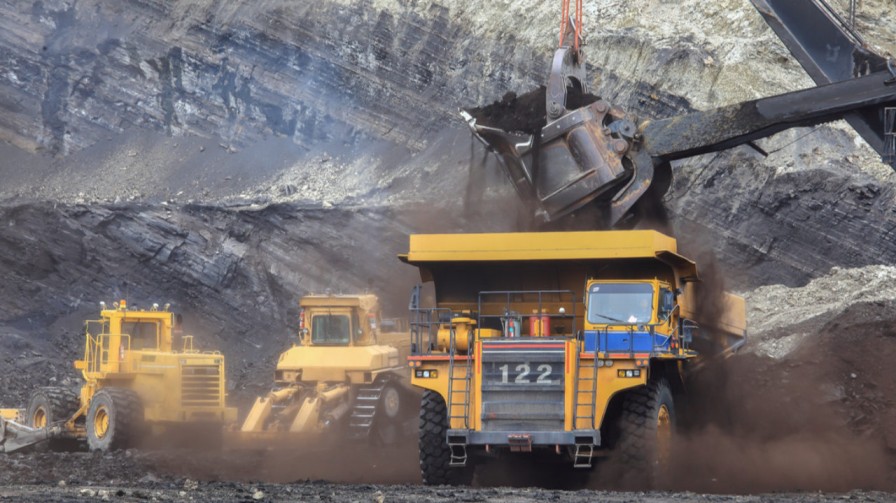India–US Trade Tensions Rise Over Steel and Auto Tariffs NMDC Limited reports a 38% drop in Q4 FY24 consolidated net profit RINL to Raise $23 Million Through Land Sales Amid Crisis

China has become India's leading buyer of iron ore, with exports of approximately 24.75 million tonnes (mt) during the eight-month period from April 2023 to November 2023. In terms of value, this is the second-largest export to China since FY20 and the highest during the previous three years.
Iron ore prices have surged by about two-fifths since May, exceeding the expectations of investors. This is mainly due to China's decision to proceed with output cuts in the steel industry, despite widespread forecasts to the contrary. China uses iron ore exclusively for the production of steel, making it a crucial feedstock.
Due to a spike in sales to Chinese mills that pushed up local costs, smaller Indian steelmakers are advocating for a ban on iron ore exports. At a time when domestic demand for the raw material is growing rapidly, Indian exports surged 170% to 44 million tonnes last year, with the majority going to China.
Iron ore Plea
The most severely impacted segments of the sector have therefore turned to the government for restrictions in order to preserve their profit margins. “We have asked the government to ban exports of all forms of iron ore- otherwise China’s steel industry will run and ours will shut,” Anil Nachrani, president of the Chhattisgarh Sponge Iron Manufacturers Association mentioned in a statement. “India should be an exporter of steel and not iron ore,” he said.
According to Nachrani, smaller mills in five main manufacturing states have united to petition the ministry of steel after several of them turned a profit. According to him, minor producers, who make up over 40% of the country's output, have been paying nearly four times as much as larger ones. Leading Indian mills frequently possess their own mines and are able to bargain for lower pricing on inputs like coal and iron ore.
Iron ore export Debate
Since iron ore is one of the primary commodities that has performed the worst so far this year, any effort by India to restrict shipments could undermine those prices. In the past, the government has taken action to protect local producers' interests. It imposed a 50% export tax on all grades of iron ore in May 2022 in an effort to lower prices and increase supply.
The steel sector in Odisha and Chhattisgarh is facing pressure from the outflow of raw materials, thus they have proposed an "immediate ban on iron ore exports". Any such action has been opposed by the Federation of Indian Mineral Industries, which represents producers of iron ore.
Including prominent steel companies, they have demanded restrictions on imports of steel finished goods while remaining silent on proposals for iron ore export taxes. The ambitious goal of producing 300 million tonnes of steel annually by 2030, according to the Chhattisgarh Sponge Iron Manufacturers Association, "faces a critical challenge due to the export of iron ore".
China's imports of iron ore reached a record high of 1.18 billion metric tonnes in 2023 due to a rise in demand and an increase in steel exports, with many shipments of completed steel going to India.
Unlike large steel mills, small steel makers insist on using low-grade iron ore, and their relatively limited profit margin depends on consistent supplies at fair pricing. India is considering the possibility of imposing an export tax on low-grade iron ore in response to the government's request from small steel manufacturers to reduce exports.
Also Read : India turns down NMDC's China ore export, sees steel self-sufficiency Indian Steel: From pandemic slump to resilient growth